How to Get Paid as a Freelancer
The freelancing industry is booming and thriving at a rapid pace. There are currently 70.4 million freelancers in the United States alone, and by 2028, they are set to become the majority workforce. In fact, the tech giant Google has more freelancers and contractual employees in its workforce than permanent ones. These statistics should encourage anyone to pursue a career in freelancing. The comfort of working from anywhere and at any time attracts many people.
If you’re pondering on whether to become a freelancer, one of the first things you should figure out is accepting payments from clients for your work. There are several payment options for freelancers when it comes to how you can accept the payment, but not every option will work best for you.
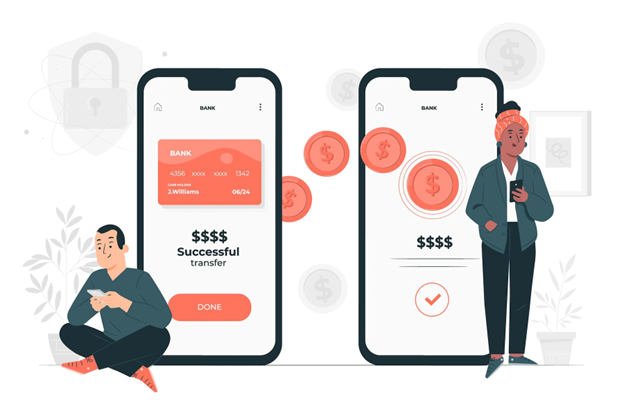
Different Payment Methods for Freelancers
· Checks
Checks have been around for a long time. It is one of the easiest ways to receive payments, whether you are a business owner or a freelancer. An advantage of using checks for payments is that you won’t have to pay any transaction or processing fee for depositing the check or withdrawing money from it. This makes checks the preferred payment choice for several freelancers.
While there are no fees for checks, it can take a couple of days for the money to be deposited completely and start reflecting in your account. This is one of the biggest downsides of using checks as a freelancer payment method. Another disadvantage of checks is that you either need to be physically present to accept the check from the client or wait several days until it shows up in your mail so that you can go and deposit it in your bank. People who want money to be credited as soon as possible should not rely on checks that much.
· Online
Online payment has increased tremendously in recent years. It also saw an exponential rise during the Covid pandemic, with people trying to restrict physical contact as much as possible. Online payment, through the help of payment gateways, has become a popular freelancer payment method worldwide. Anyone can download the app of their payment gateway, create an account, link it to their bank account, and start receiving or sending money instantaneously. It doesn’t take much hassle to set up, and payments sent by the client will reflect as soon as they are done, not two days later. This is extremely crucial for budding freelancers.
A downside of using online payment gateways for freelancers is that some payment gateways charge a fee to transfer funds from their digital wallet to your bank account or for services rendered by them. The total fee can depend on the amount received or the frequency of withdrawals. While a cut of 2% might seem insignificant at the moment, it can mean losing thousands of dollars throughout the year. Hence freelancers must choose the payment gateway best suited to their needs.
Also Read: A Basic Guide to 6 Different Payment Solutions For Freelancers
· Electronic Funds Transfer
Electronic funds transfer might feel similar to online transfer. It’s inexpensive, easy to do, and happens quickly, but the difference is, in an electronic funds transfer, or EFT, money is transferred from one bank account to another directly. There is no need for middleware like apps or payment gateway services.
However, EFTs can take a couple of days to get processed based on the amount and the banks involved. Further, banks can levy a processing fee for accommodating these transfer requests, which can be quite costly for both the client and the freelancer. Hence this is not a popular freelancer payment method; most freelancers prefer online transfers or even checks above EFTs.
Also Read: The Best Social Commerce Platform for Freelancers
· Cash
Cash might not be the first choice payment method for freelancers, but it is still a viable option. It has the obvious advantage of receiving money instantly, with no processing fees, waiting, or digital transactions. While most clients and freelancers are moving away from this payment option, cash still holds several advantages, especially if you’re working with a local client.
· Trade Outs
Trade outs are the modern barter system. There are clients who want to employ your services but don’t have the cash to give in return. If you are just starting as a freelancer and making a name for yourself is more important than getting paid, working with clients that can give you recognition can be a fruitful decision in the long run.
Further, most trade outs end up being win-win for both parties. The client receives the work they wanted while you end up getting exciting goodies, vouchers, hotel stays, vacation trips, or more.
How to Make Sure You’re Paid as a Freelancer
Now that you know the different ways of getting paid, let’s get into how you can ensure you get paid when it’s time. This plagues several freelancers, especially when working with clients with whom they have no contact except an email address. Here are some tips you can follow to ensure payment.
· Conduct a Background Check
In this virtual world, it is easy for anyone to portray themselves as something they’re not. It is not just limited to people, and companies can employ this as well to trick you into something that they are bigger than they actually are. Conducting a background check on your client becomes a necessity now more than a wise move. Ensure that the representative that contacted you actually works for the organization and that the company exists.
You should also look into past reviews for the company if it’s available. Check their social media pages to get an idea of how active they are, and perform a domain authority check as well. Background checks will give you insight into the client by letting you know if they are okay to work with and if there are any instances of freelancers or employees not getting paid by them.
· Sign a Contract
Building a relationship on verbal terms is great; it shows that you trust each other. However, that trust doesn’t always reflect in payments. A contract is a legally binding agreement that ensures that clients pay for your work within the stipulated timeline and the amount discussed in the contract. It is an added layer that removes any misunderstanding or ambiguity between you and the client.
Sure, drafting a contract can feel like a lot of work, and it might make you feel uneasy at the beginning, but it is there for the protection of both parties. A description of the work, prices decided for the project, timelines, payment schedules, ownership rights, and other terms in the contract will make life easier going forward.
· Upfront Billing
Upfront billing is quite common for offline contract works like construction, stitching, and more. It can also be applied to online freelancing, where you ask for a certain amount, which is usually 30-50%, upfront as advance and the rest of the amount after the work is completed and submitted. Paying upfront will ensure that the client is genuinely interested in your work and won’t leave you hanging after completing the job. It is also a great way to provide add-ons or discounts to clients, so they are encouraged to pay money upfront.
· Track Time for Billable Hours
Freelancers can work based on the number of assignments submitted or the time spent working on the project. Having a reliable time-tracking tool will be beneficial if you fall in the latter category. You can accurately log the time spent on different activities, take regular screenshots to show that you were working, and instill trust in the client about the time actually spent completing the project. Time tracking ensures that you don’t get paid less for the time and effort you put in and that the client has complete visibility of your work pattern.
· Use an Invoice for Software
If you’re aiming to become a professional freelancer, using specialized invoice software should be one of your top priorities. An invoice software can take care of several things, including sending invoices to the client along with the payment link, reminding them to complete the payment, and providing complete information about the work done, time taken, and the charges as well.
· Use an Effective Payment Gateway
As specified above, a payment gateway makes it easier for you to receive payments and makes the client comfortable as well. They can pay you easily via their preferred methods, and the payment gateway will ensure that this payment is credited to your bank account. Further, payment gateways allow you to accept payments from clients worldwide and in multiple currencies without any issues.
Also Read: 5 Reasons to Accept Multiple Types of Payments
Freelancing as a career is becoming extremely popular. You are the master of your work and time, and the more you can work, the more money you can earn. However, working with different clients, deciding on freelancer payment methods, raising invoices, and reminding them of payment can prevent you from taking on more projects and completing the existing ones on time. By following the best practices discussed above and using a robust payment gateway, you can ensure that you get paid fully and on time.
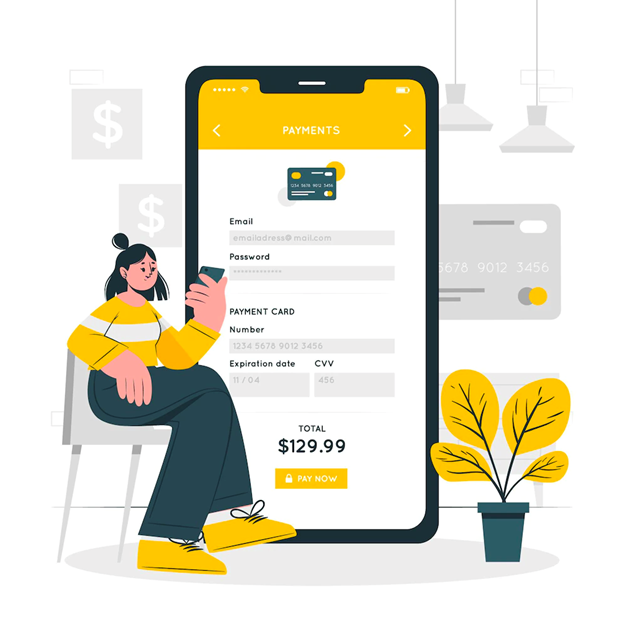
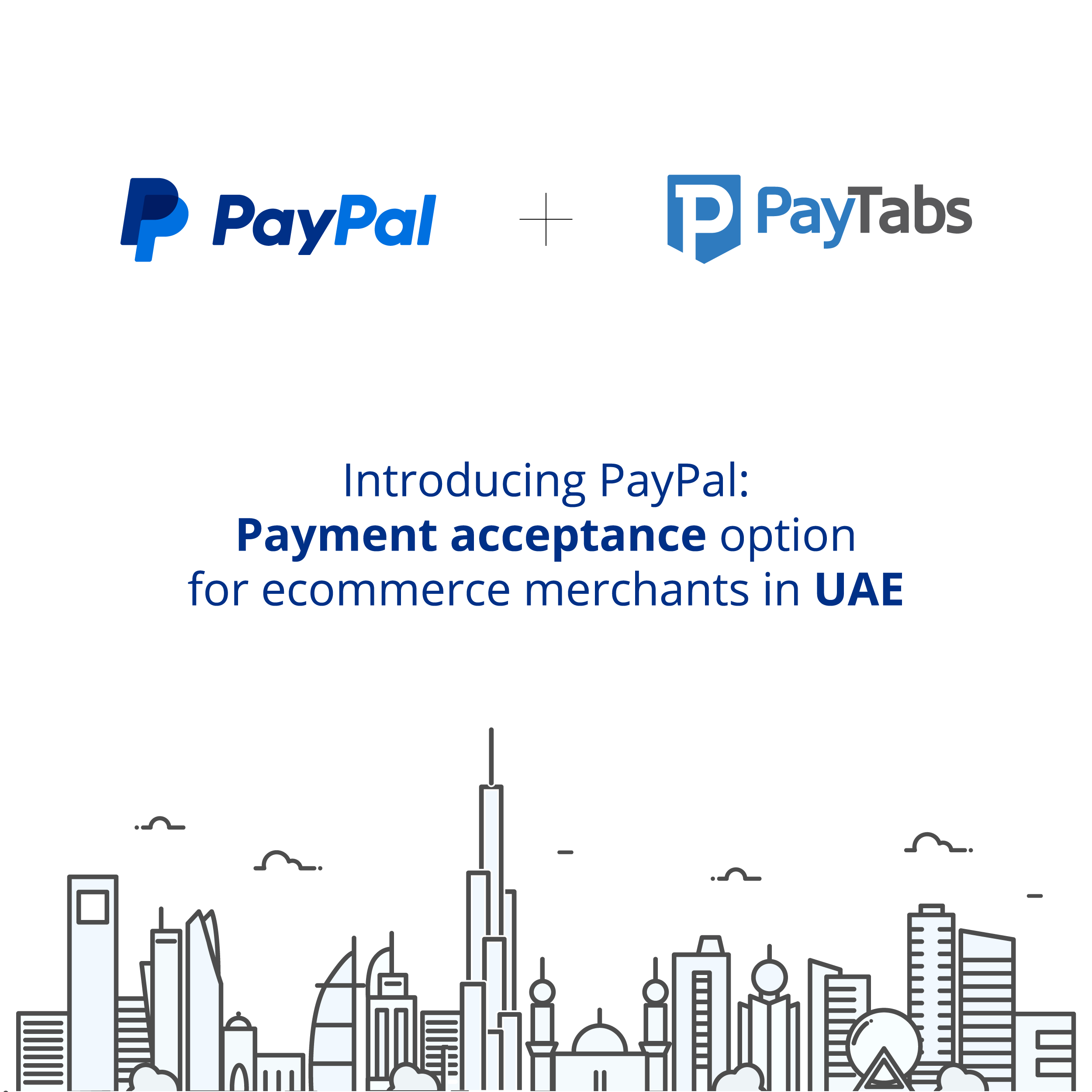
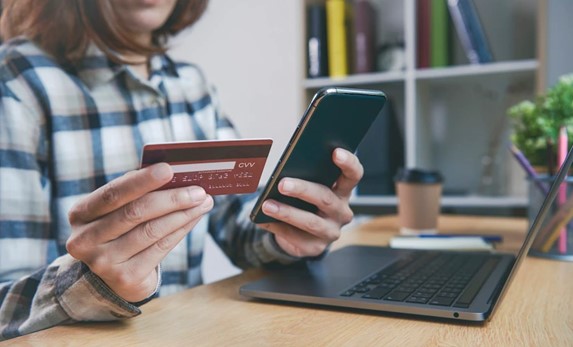
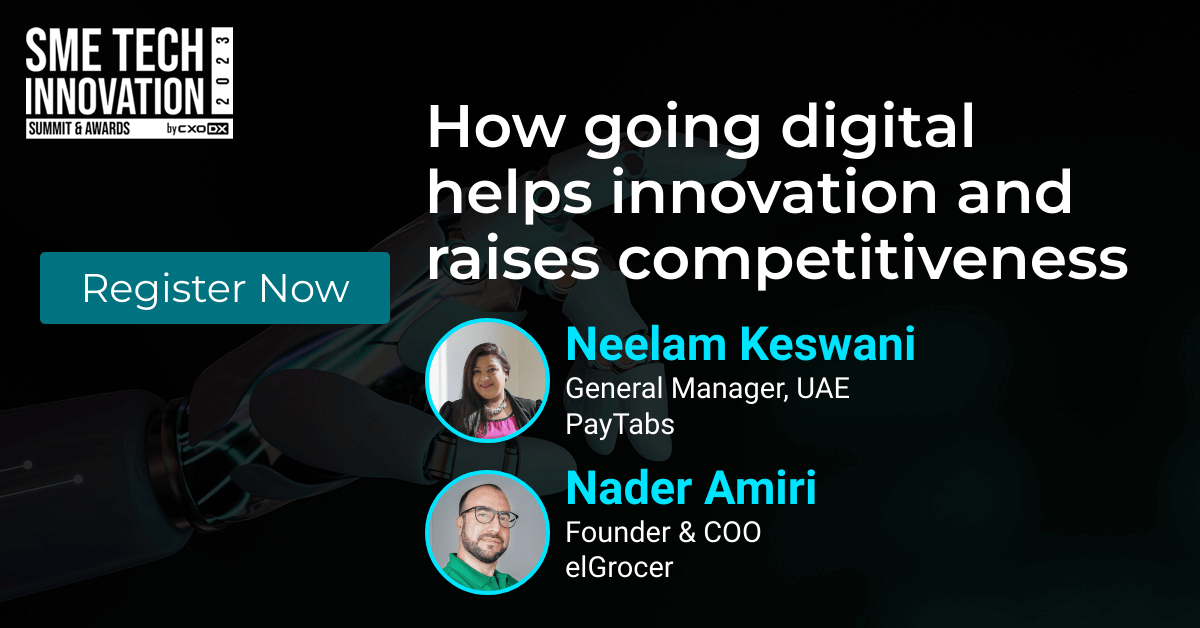








 Conrad is a professional blogger, content maker, and freelance writer. He has written many great and valuable posts on a variety of topics. Conrad loves outdoor activities. He believes the fresh air brings him inspiration for new ideas.
Conrad is a professional blogger, content maker, and freelance writer. He has written many great and valuable posts on a variety of topics. Conrad loves outdoor activities. He believes the fresh air brings him inspiration for new ideas.